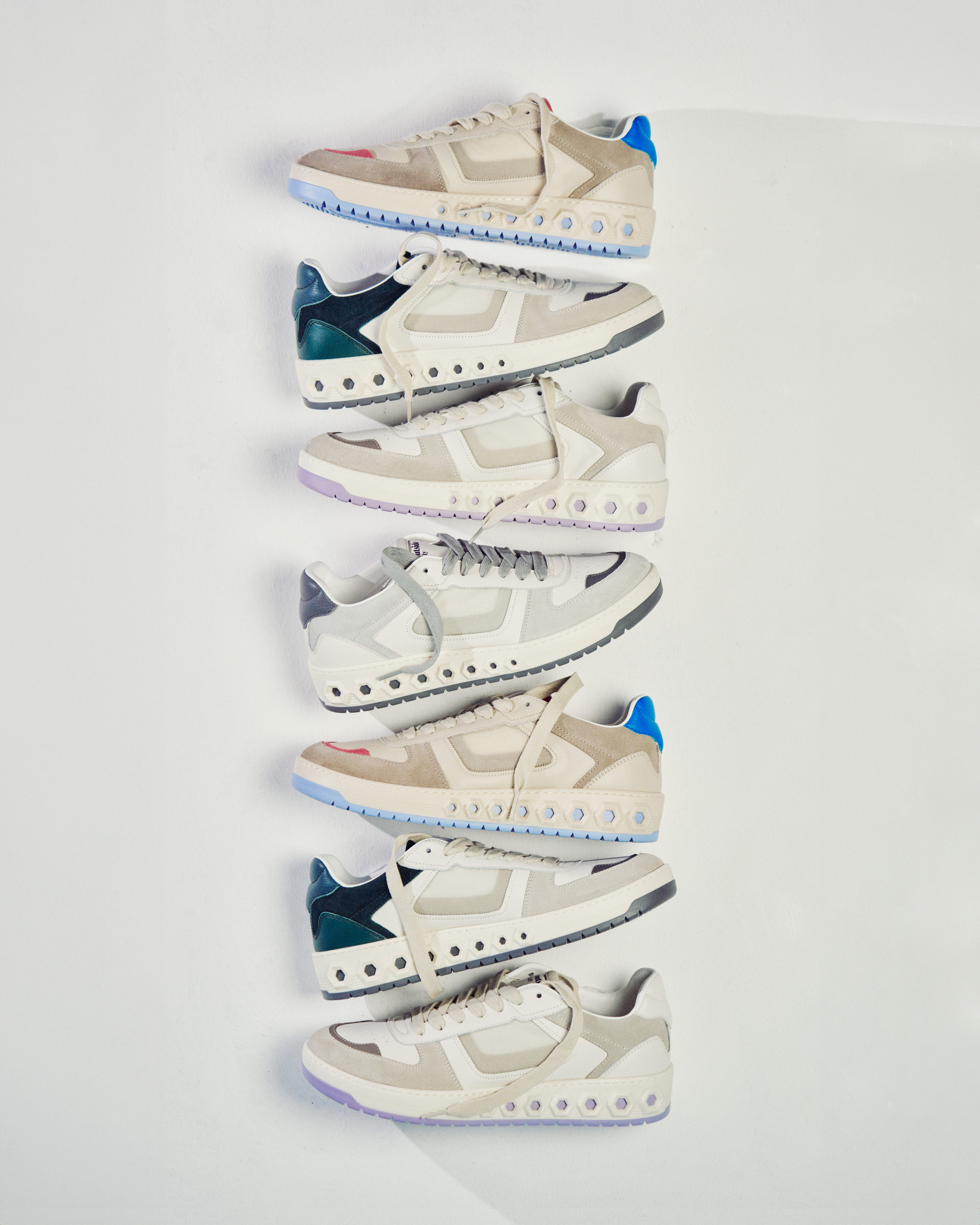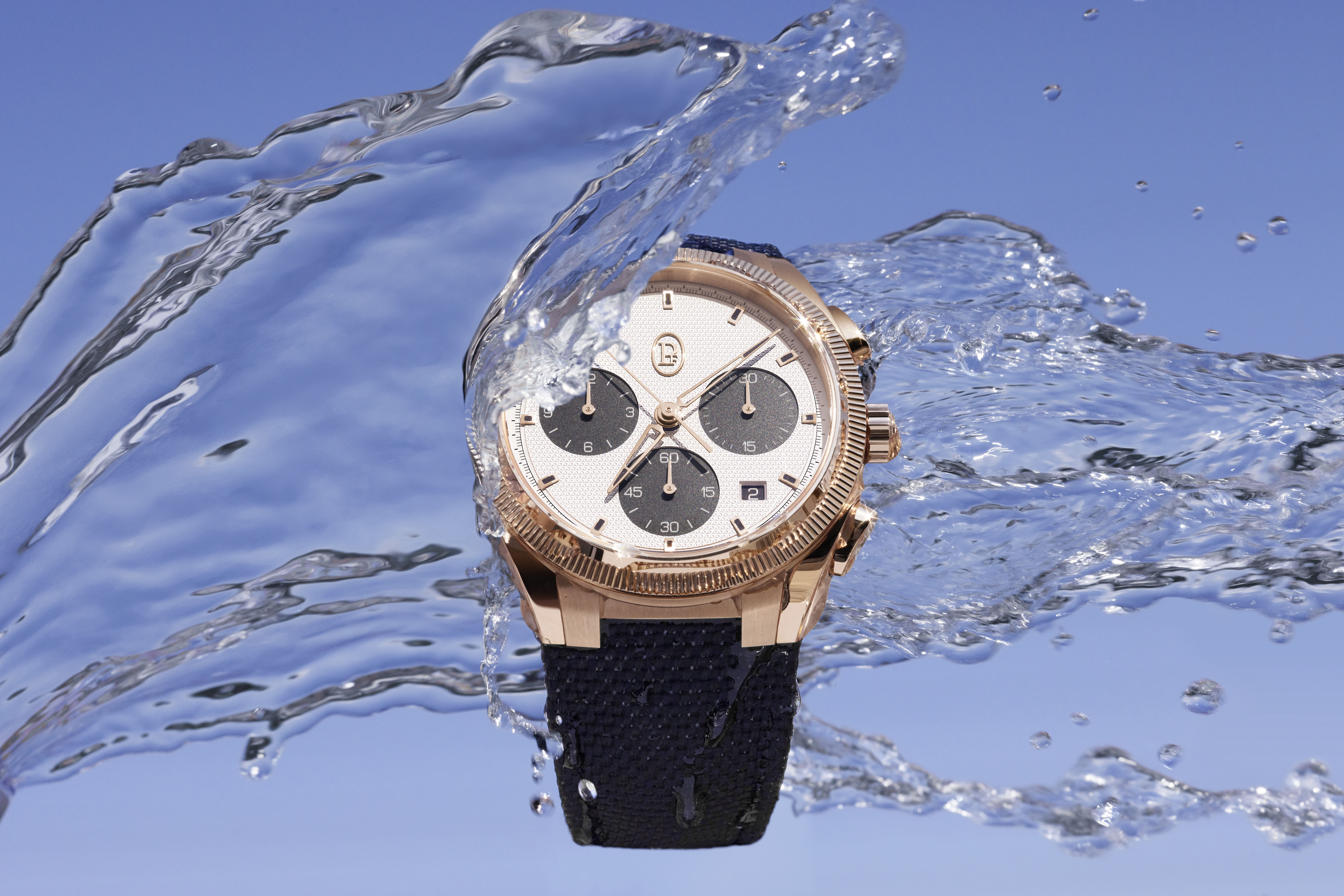#INTERVIEW: Paris-based artist Sophie-Yen Bretez on her Dubai exhibition and art journey
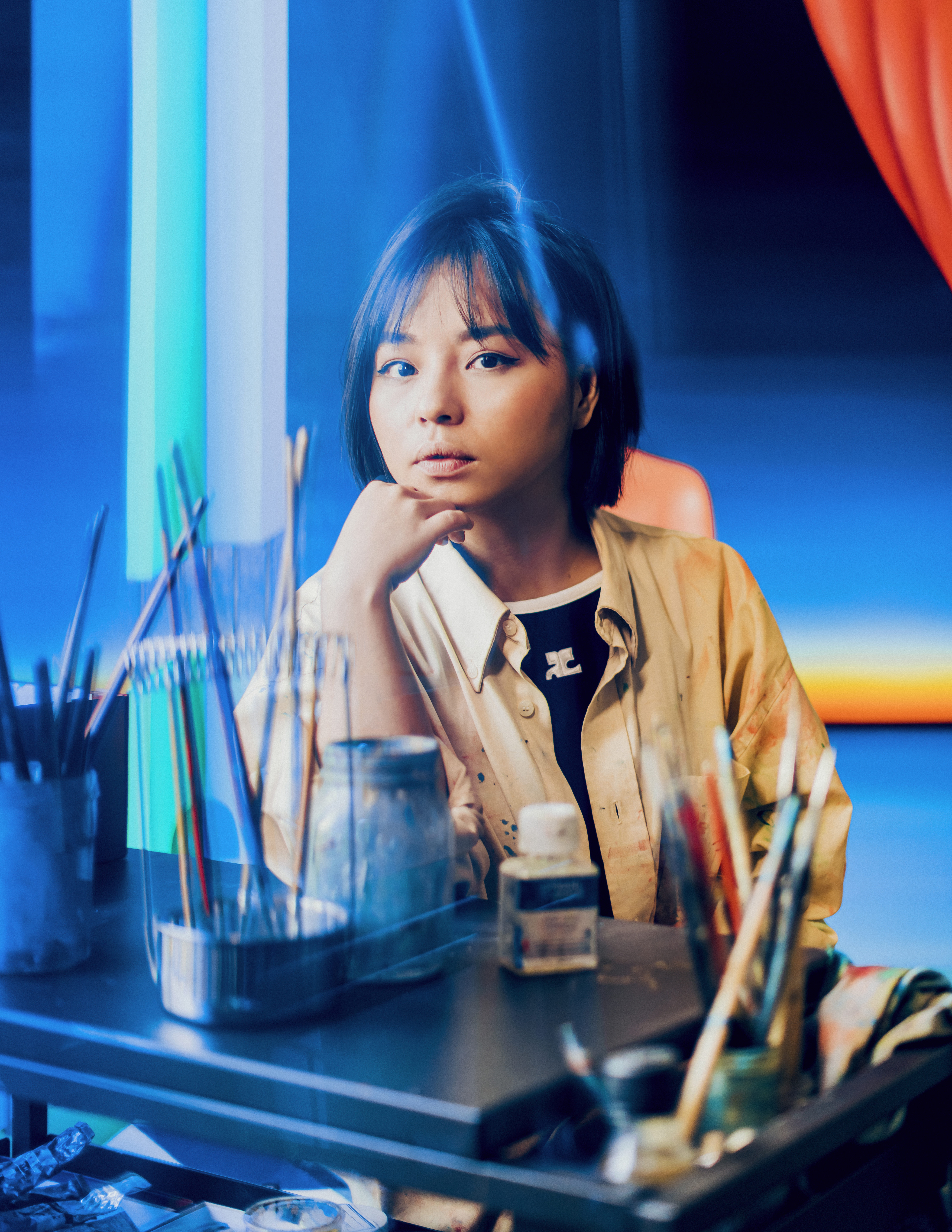
There is a certain sense of poignancy, in the artworks currently at display at Dubai's JD Malat Gallery. Bright, colourful and striking, they convey a powerful sense of tension. These are the works of Paris-based artist Sophie-Yen Bretez.
Her solo exhibition, titled The Unsaid Remains Remembered, runs till 2 November 2025 in Downtown Dubai at JD Malat Gallery Dubai.
Bretez’s art explores how everyday spaces and items become vessels for memory, silence and the passage of time. The self-taught artist, currently living and working in Paris, moved to France at a young age, resulting in a rich fusion of cultural heritage reflected in her practice.
In an interview with L’Officiel Arabia, Bretez talks more about her foray into art, her suggestive approach and the use of expressive contrasts of colour, textured surfaces and glazes.
Your show, The Unsaid Remains Remembered, focuses on silence, time, and memory. How do your new large-scale and shaped canvases specifically help you express the idea that "silence is never empty"?
Sophie-Yen Bretez: For me, silence is never empty. It is always inhabited by memories, tensions and restrained emotions. The large-scale formats and shaped canvases give physical presence to this silence. They envelop the viewer and reveal that behind the apparent stillness, the vivid colors and sharp contours of my figures, there is density, unease and an unspoken element on the verge of overflowing.
You describe this new body of work as a “dramaturgy of passage.” Can you name one piece in the Dubai exhibition that best illustrates the idea of memory persisting as life shifts forward?
The shaped banquet quadriptych embodies this dramaturgy through its narrative and through its form itself, transforming the painting into a staged architecture. The painting follows the journey of a character both through the course of a day and across a lifetime. Around a vast table set like a twelve-hour clock, life and memory overlap. Familiar elements turn into ambivalent signs: vitality and threat, celebration and loss, abundance and disappearance. The table is set but the guests are absent; it is a banquet of absence. The objects (a milk bottle printed with a face, a letter-menu, half-eaten fruit, a planted knife, an overturned glass) all testify to the passage of time, to movement forward while keeping the trace of what has vanished. The title of the work echoes this:
“It was already noon at the banquet of absence I set the table, stitched the menu everything was missing everything but life.”
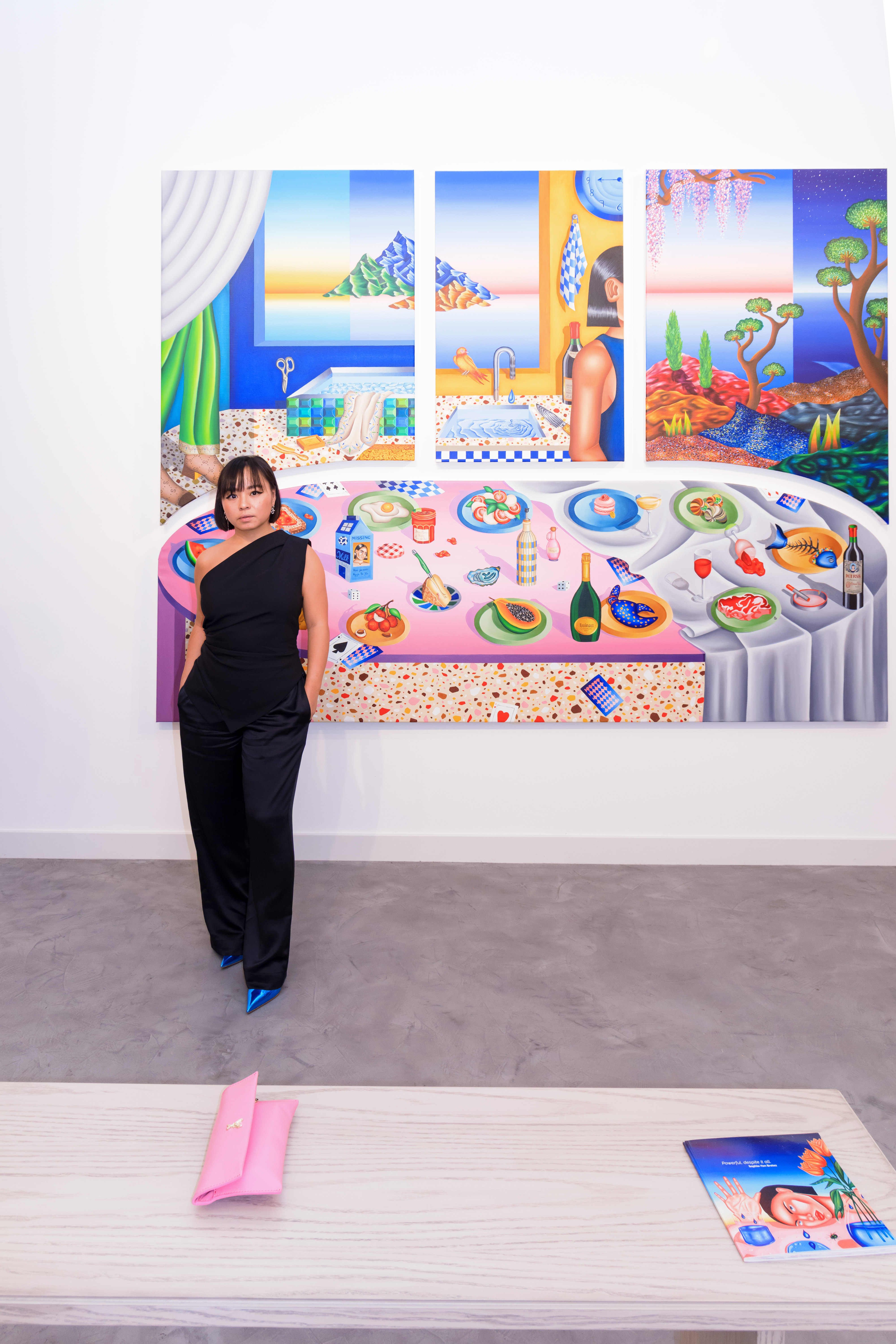
You moved from a Master’s in business and a management career to becoming a self-taught artist in 2021. What moment made you decide to fully commit to art and why?
The shift was sudden. For my first solo show in London, I had to quit my career in the creative industries to meet the deadlines: that was how it all began, through a pragmatic choice. I had never planned to become an artist, and yet, in retrospect, I see that my style and themes were already there, gestating, nourished by philosophical, artistic and political readings. Having now been a full-time artist for several years, I discover the demands of this profession: discipline, commitment and always digging deeper, pushing one’s boundaries, expanding one’s language and one’s intent. That is what I did for this solo show at JD Malat Gallery Dubai.
How does the theme of hope and recovery interact with your exhibition's focus on lingering memory?
For me, hope and memory are not opposed; they are two forces that coexist. To be hopeful is not to erase the past. It is precisely because we live with our past, digest it, symbolize it, and carry it in memory, that we can move forward and rebuild. This process is neither immediate nor linear; it lasts a lifetime. There is a line by the French philosopher Michel de Montaigne in The Essays: “For me, then, I love life.” This phrase, seemingly simple, is not. It suggests that true wisdom lies in loving life in its imperfection, despite loss and absence.
You start each painting with a poem. For this new body of work, how does the initial poetry guide your final visual choices, like the use of bold colors and unique compositions?
I write poems that accompany each work, sometimes before, sometimes after. They are fragments that condense an emotion or a thought, and they resonate with the painted surface. These poems aim to connect language and image, to open the dialogue further. For this series, I wrote the poem-titles after finishing the thirteen paintings, once the themes were clarified. They carry the vocabulary of silence, memory and time, without punctuation, as if each line were an unconstructed thought, fragmented or a distant echo of what remains unsaid.
Which objects or rituals have you purposefully included in this new Dubai series to represent enduring memories?
The elements in my paintings testify to rituals (everyday objects such as soap, a toaster, a pepper grinder, a cup), to absence and loss (half-eaten fruit evoking someone no longer present, a lotus flower for my Vietnamese roots or slices of bread as reminders of childhood), and to thresholds (sunrise or sunset horizons, curtains, clocks). Enduring memory is found in gestures repeated unconsciously, in objects marked by the passage of time, which acquire symbolic weight through lived experience.
This memory also persists in my landscapes. Where domestic scenes speak of the psyche and the inner world, the exteriority of mountains, horizons, and fractured skies speaks of the body. It is an implicit memory: the body remembers for us, just as the earth retains the traces of layers and seasons. I write in one of the poem-titles: “the world remembers for us.” This is what I seek to convey: a memory inscribed in the matter of the world, in its folds and its cycles, when it has not yet reached the stage of being spoken in words.
What does it mean for you to have your work shown in Dubai, and what dialogue do you hope to start with the audience in this unique city?
Showing my work in Dubai means confronting it with a new audience, in a different cultural context. I wish to open a space of dialogue around vulnerability and strength, around what lies behind appearances. I hope each viewer can find personal echoes, beyond borders, whether geographical or cultural.
What are your future projects?
After Dubai, I will return to Vietnam to continue my research on memory and identity. I will pursue my international collaborations, including a charity auction in 2026. This exhibition has also opened me to collective projects, such as designing shaped canvases with cabinetmaker Charles Lecharny and the film with director Gianluca Gadaleta, which makes me want to diversify mediums and expand my visual language. If my work until now has explored the poetics of space and time, I now feel the need to delve into the poetics of matter for my next body of work.
As an artist, did you ever assume the responsibility of using your art to reflect social, economic, cultural or political issues? Why and which artworks?
I do not aim to directly illustrate social or political issues. But my personal history as a woman, as an adoptee, as an artist of Vietnamese origin living in Europe, is political in itself. My paintings is not frontally political but it interrogates the gaze, power and memory. They speak of vulnerability, resilience and identity: questions that are individual but also collective. For me, expressing oneself as an artist is never neutral; it is political from the outset, whether one intends it or not.
The use of logos or repeated monograms is part of this: they point to social masks and the repetition of cultural patterns that shape identity. In one silent piece in the Dubai exhibition, a figure lies half-covered by bed sheets and stares directly at the viewer. On her bed appears the phrase “How beautiful it is to imagine untouched lands.” This line can be read on many levels: personal, poetic but also political. It evokes both the impossibility of untouched origins and the longing for a space (and a body) free from projections. For me, the political dimension lies precisely there: in the ambivalence between intimacy and collective histories.
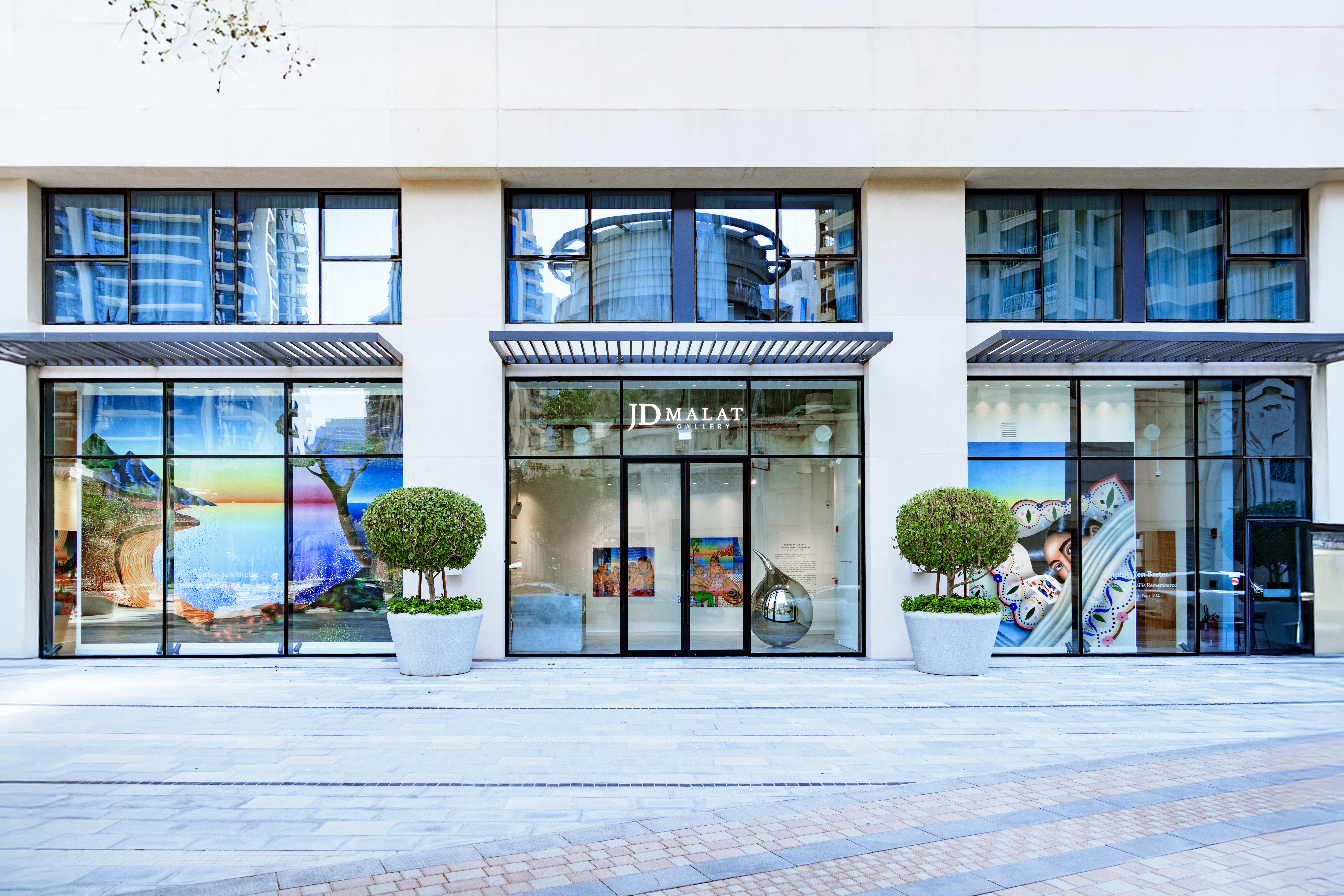
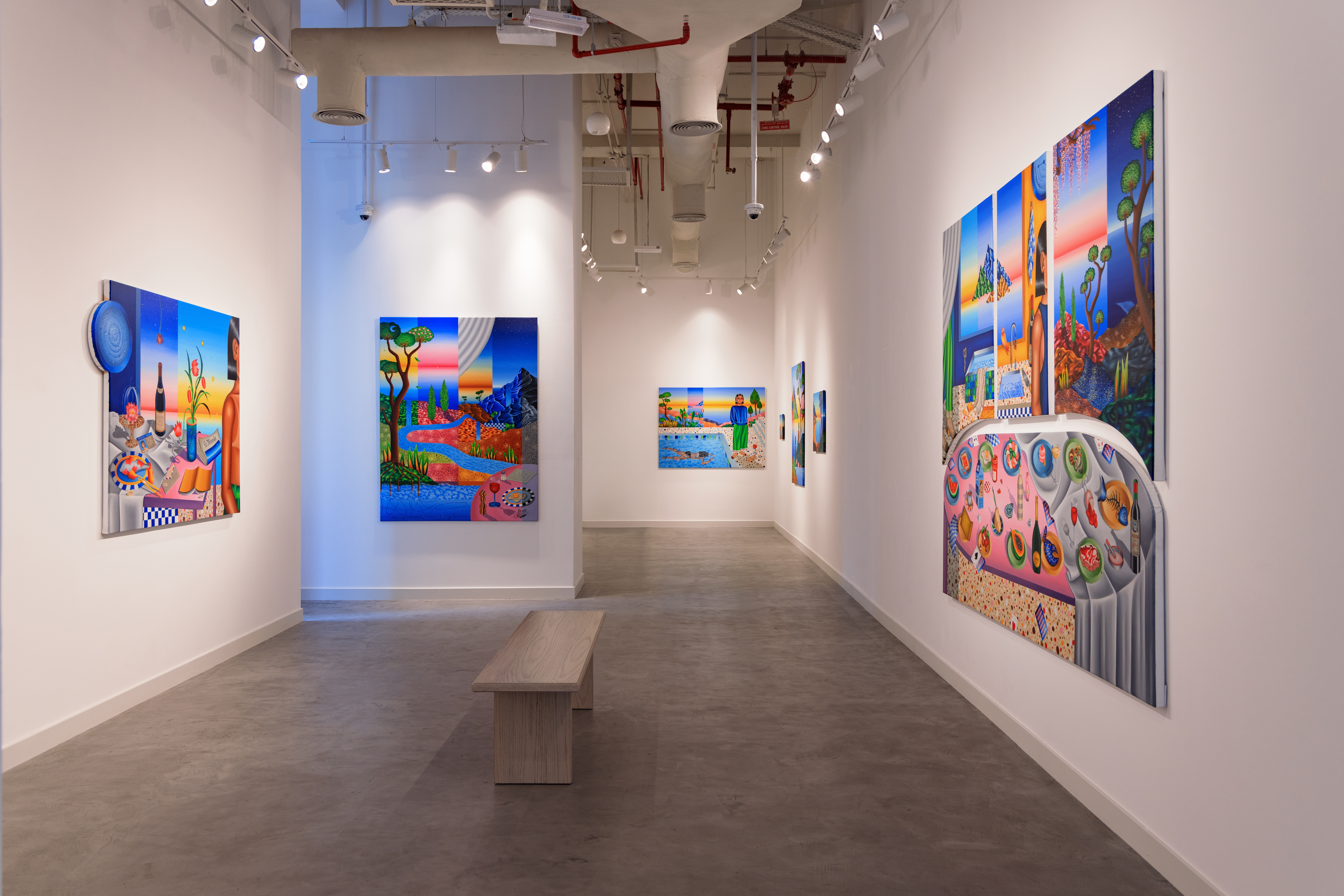
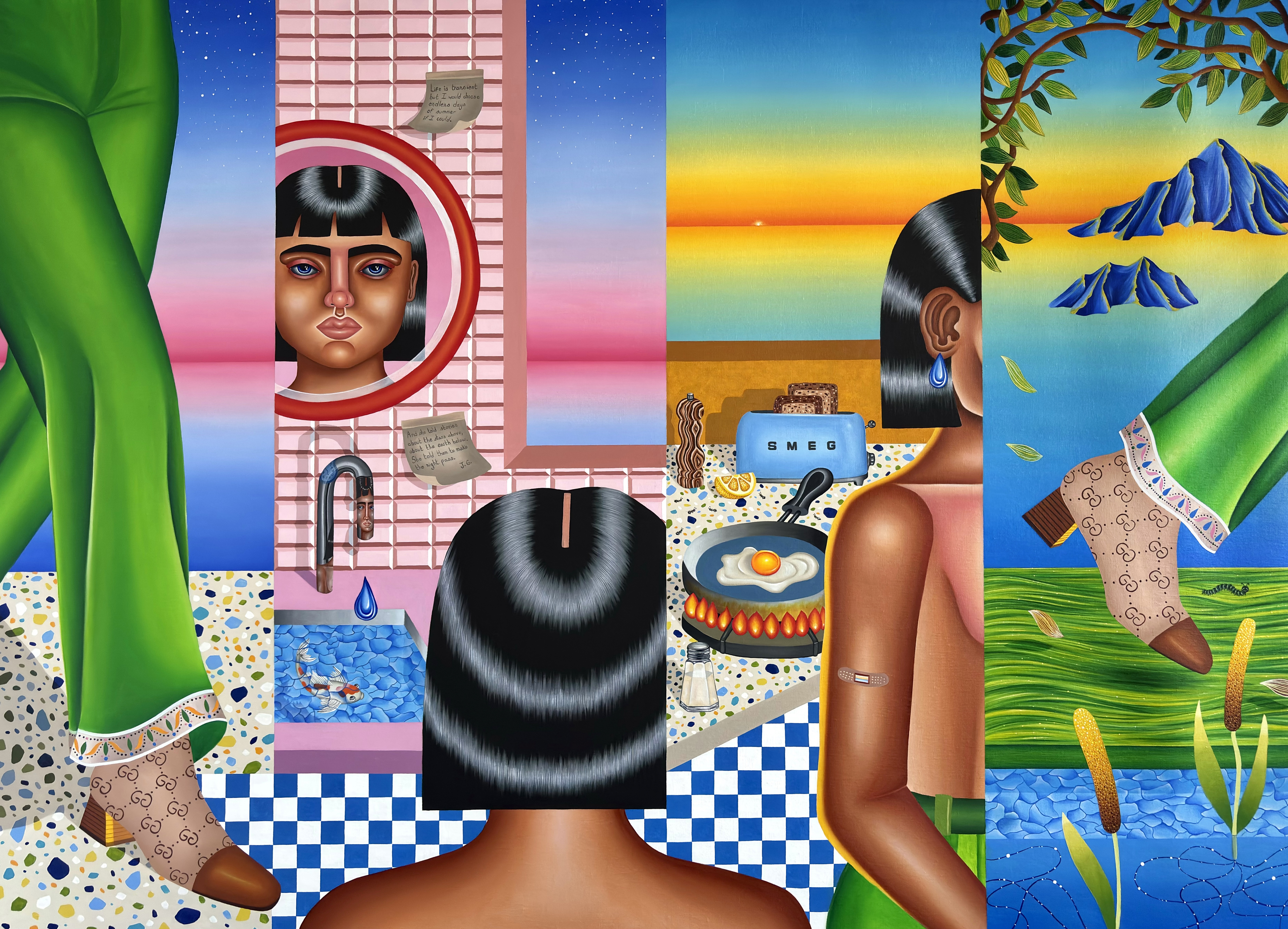
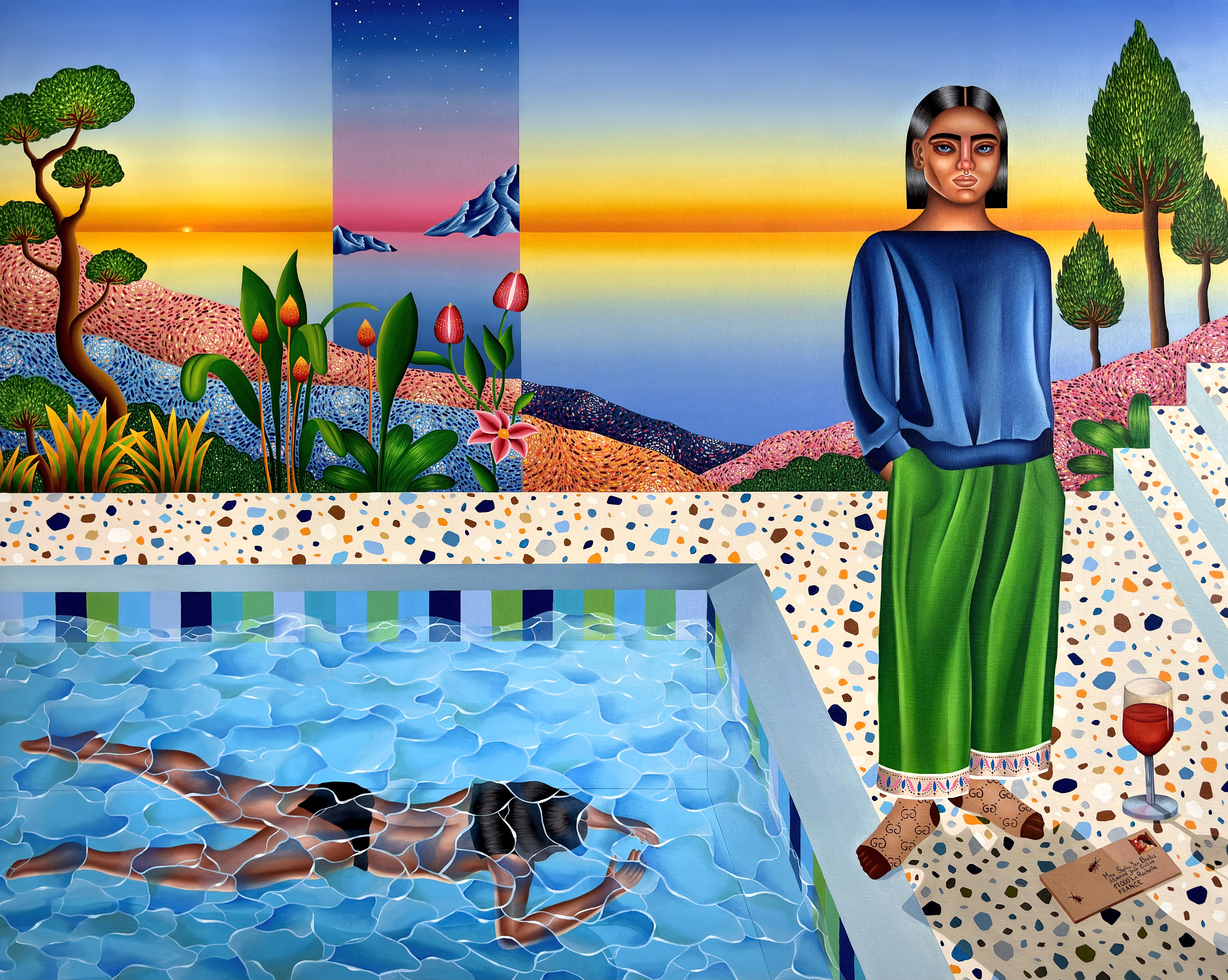
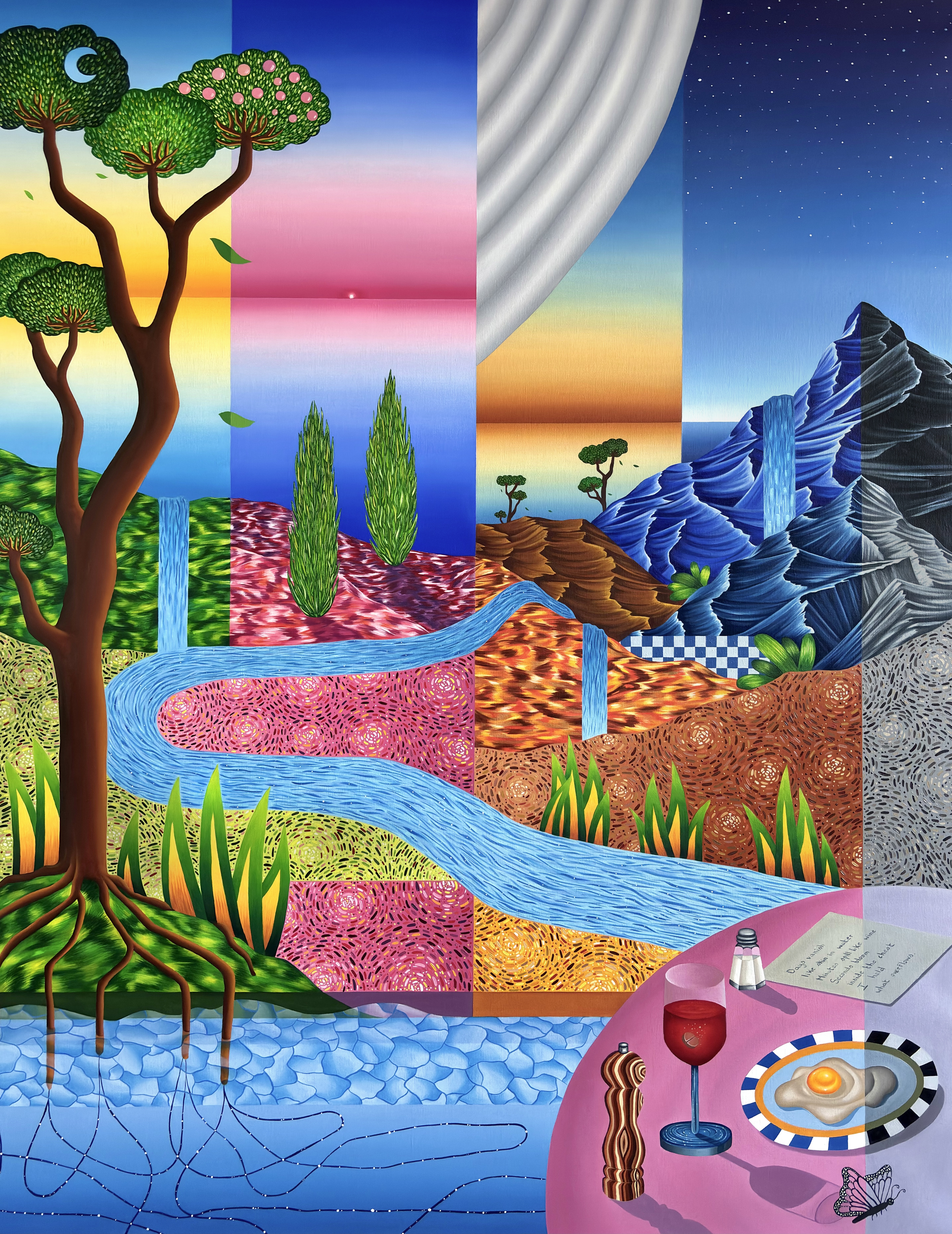
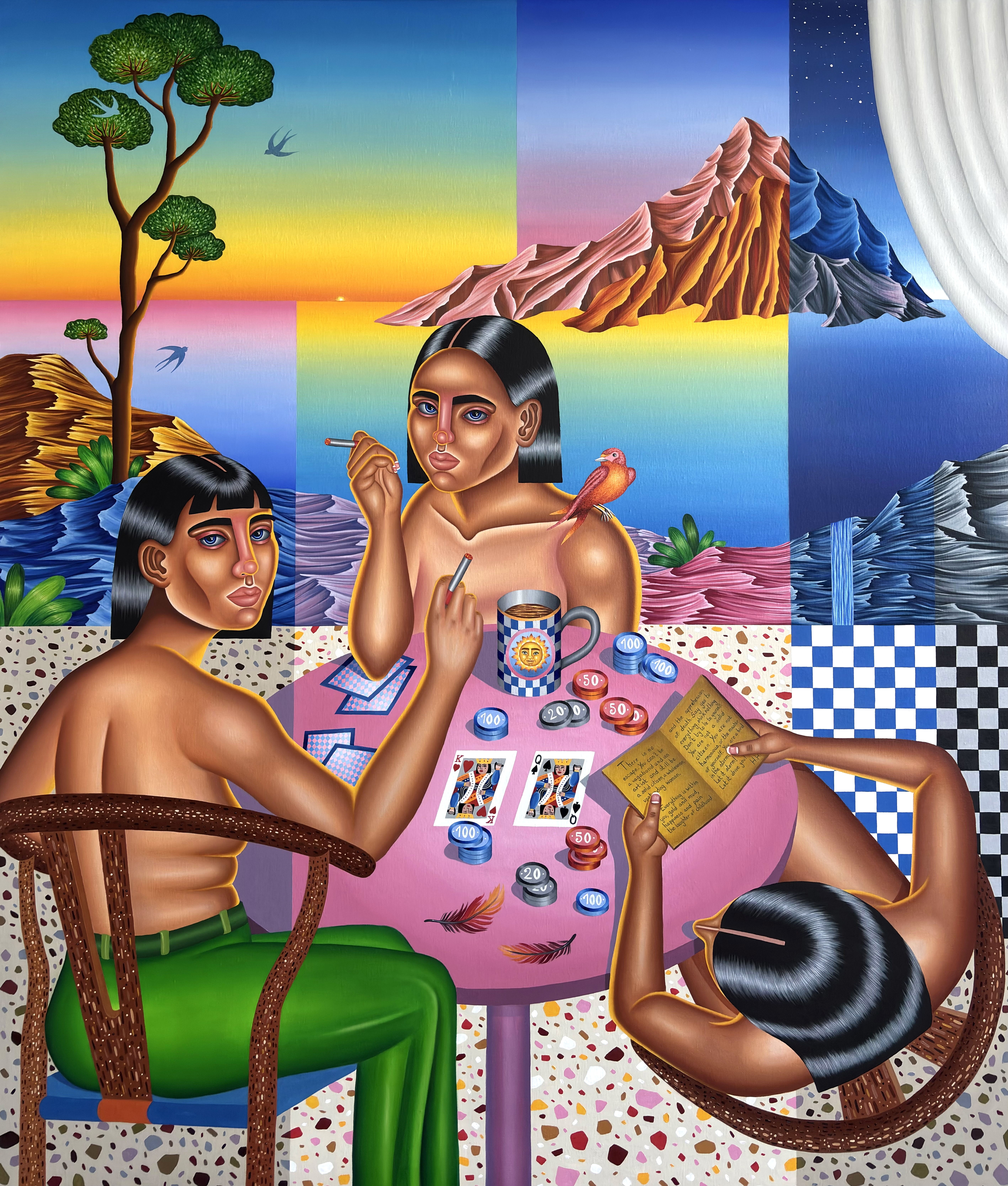
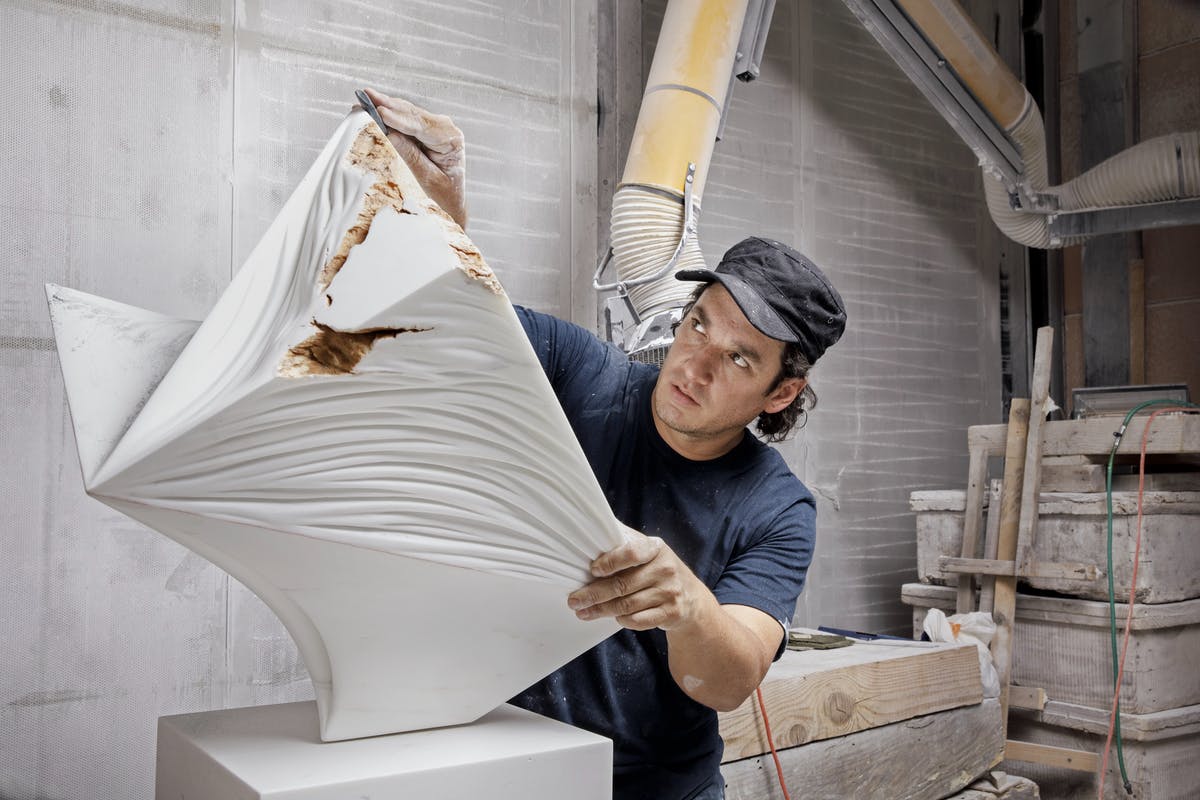

 and Mette Degn-Christensen, Director of Downtown Design.jpg)
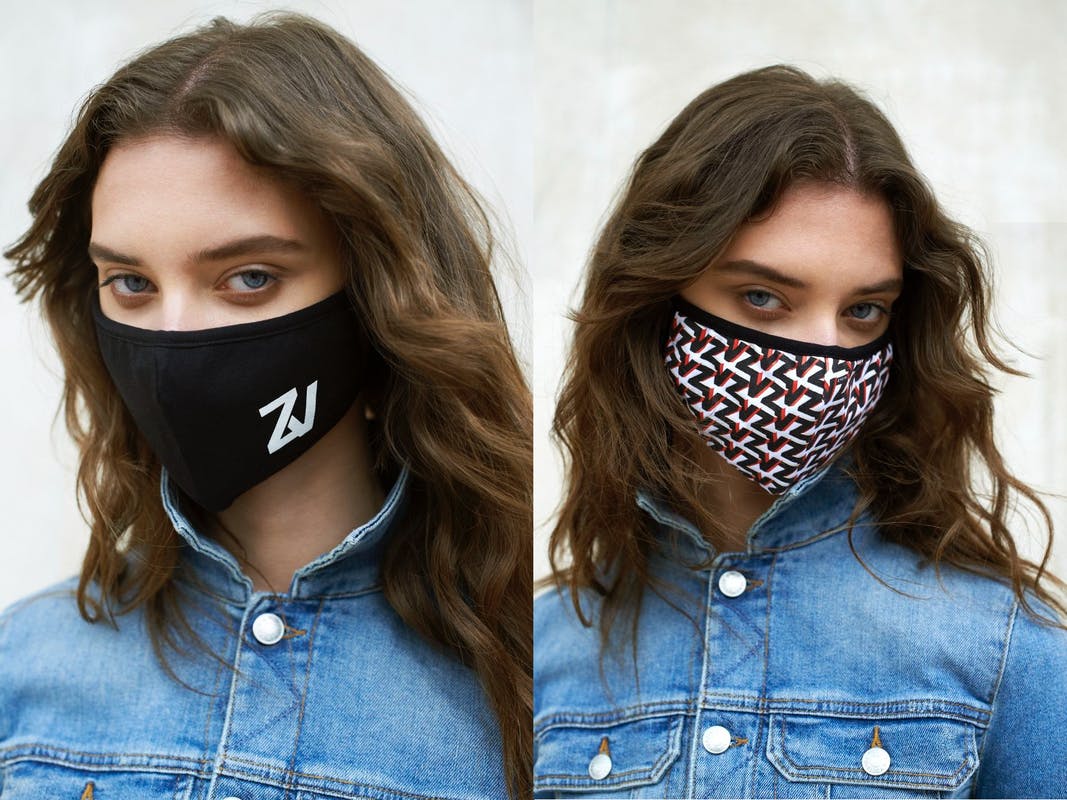
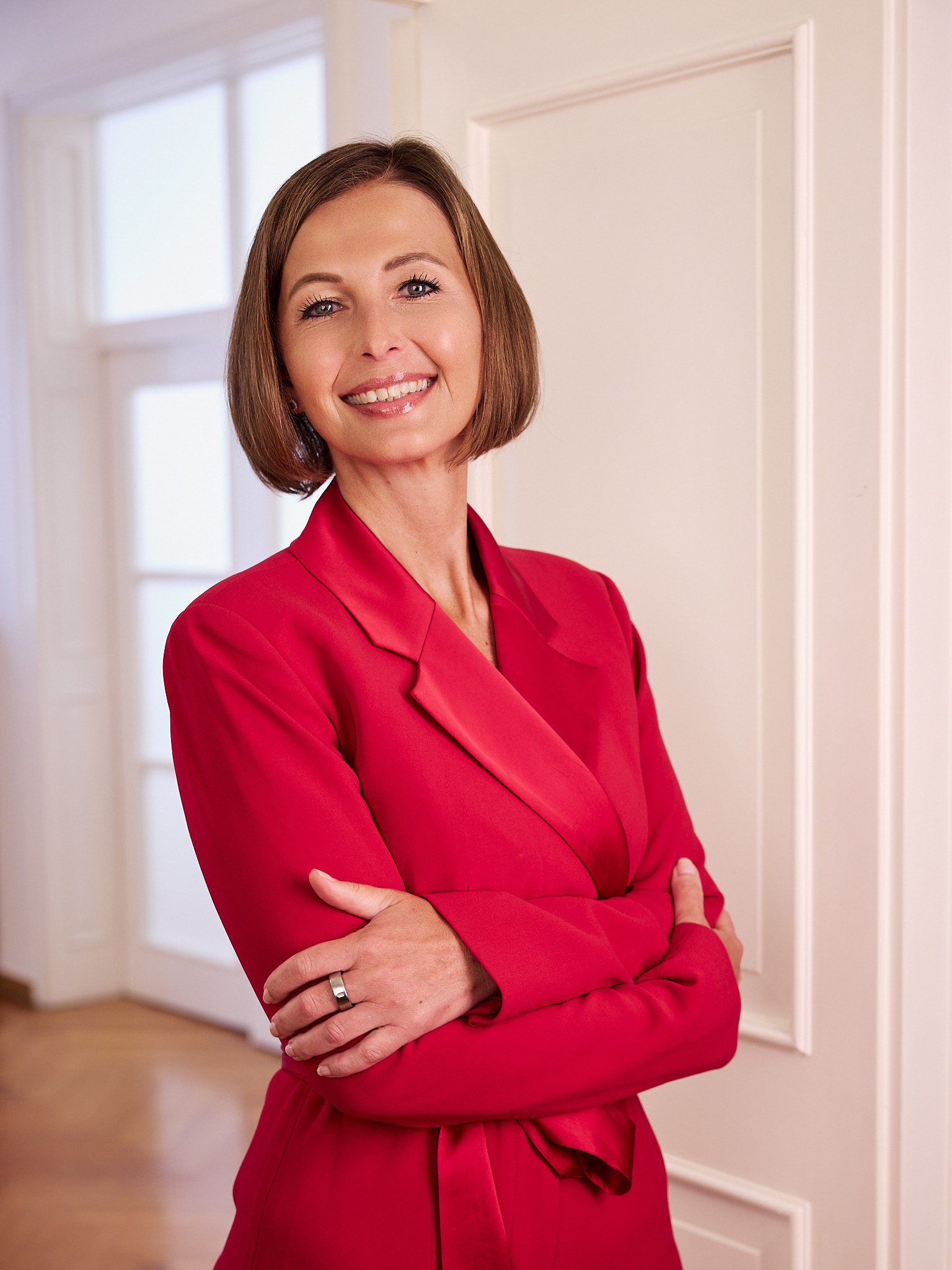
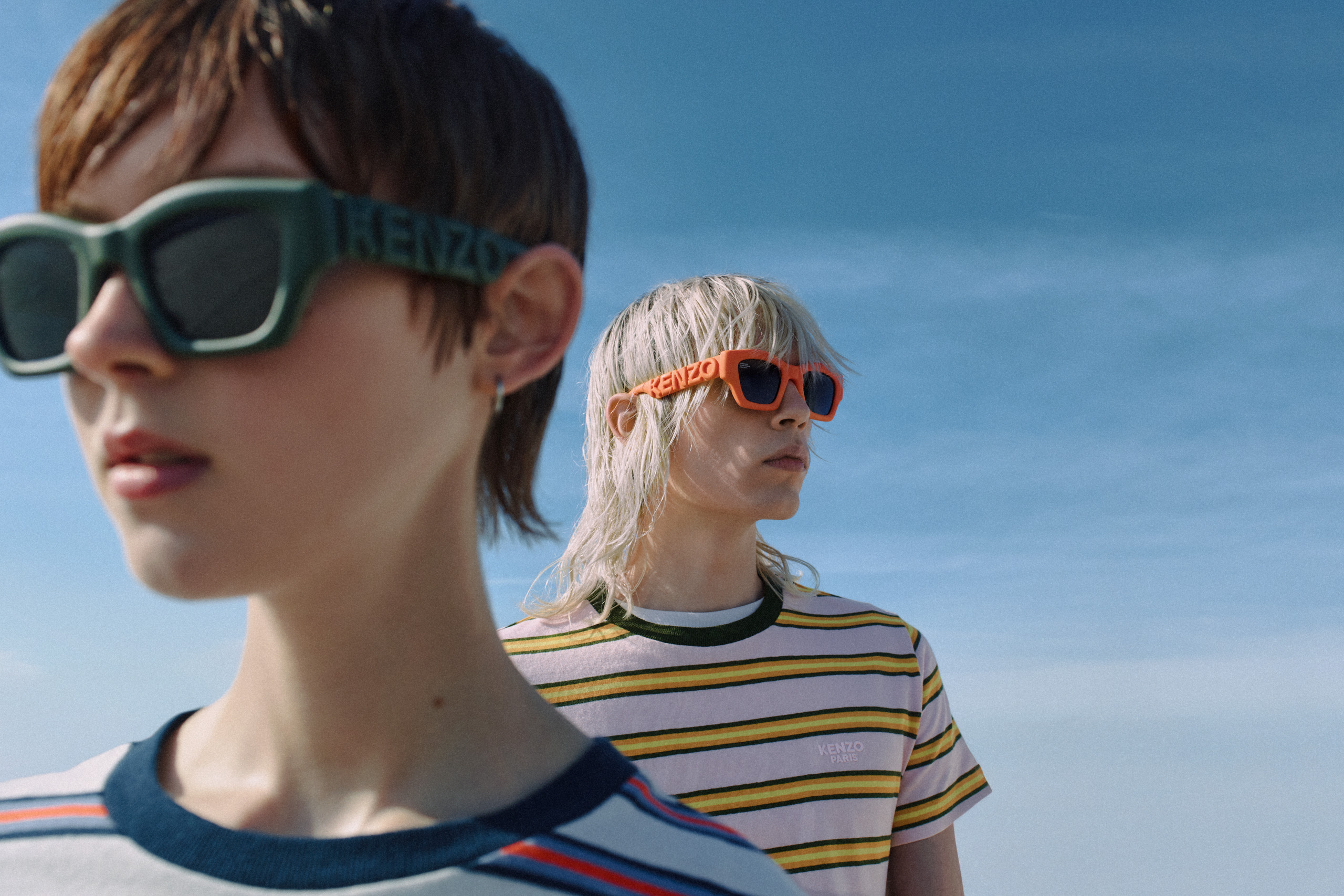
.gif)
